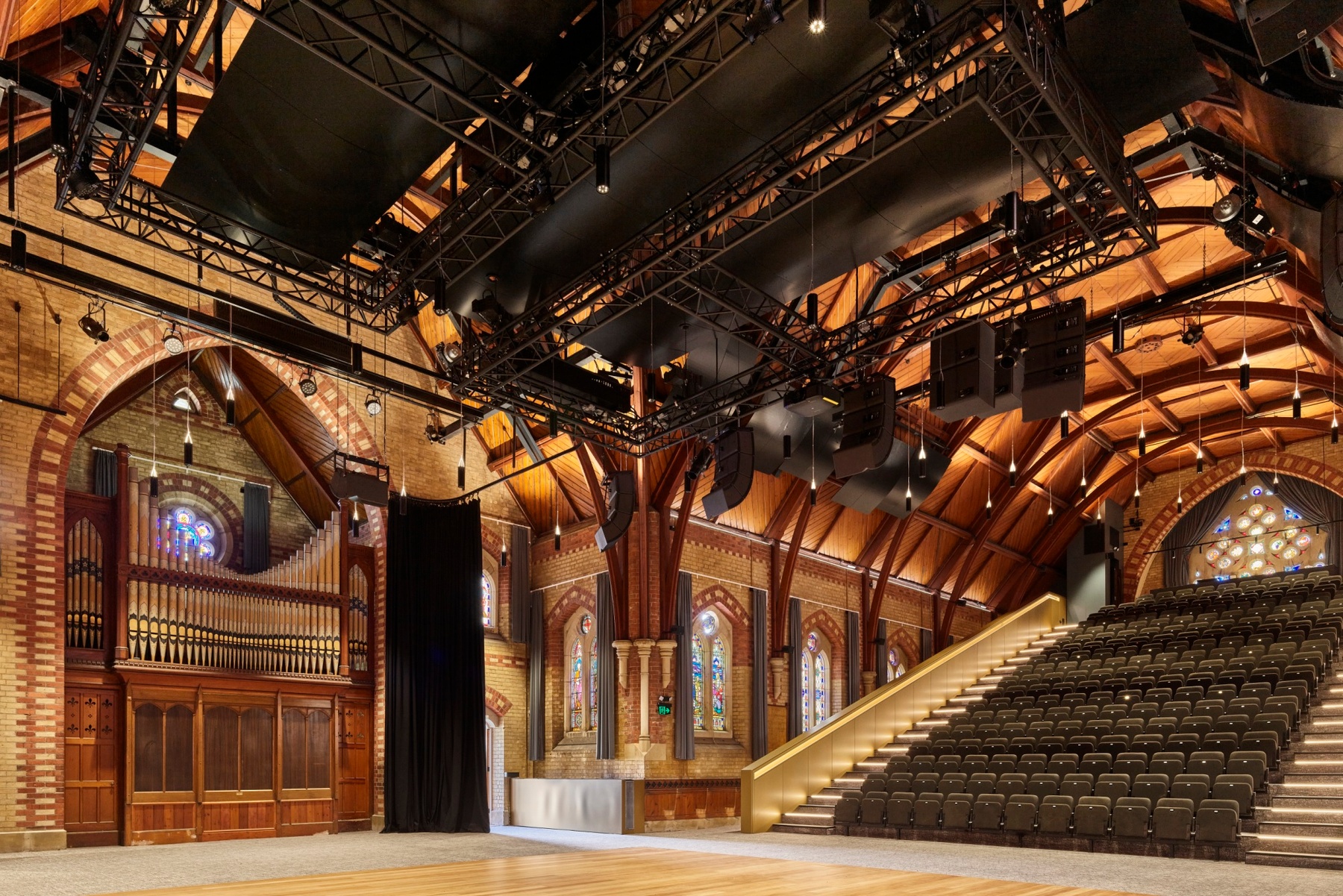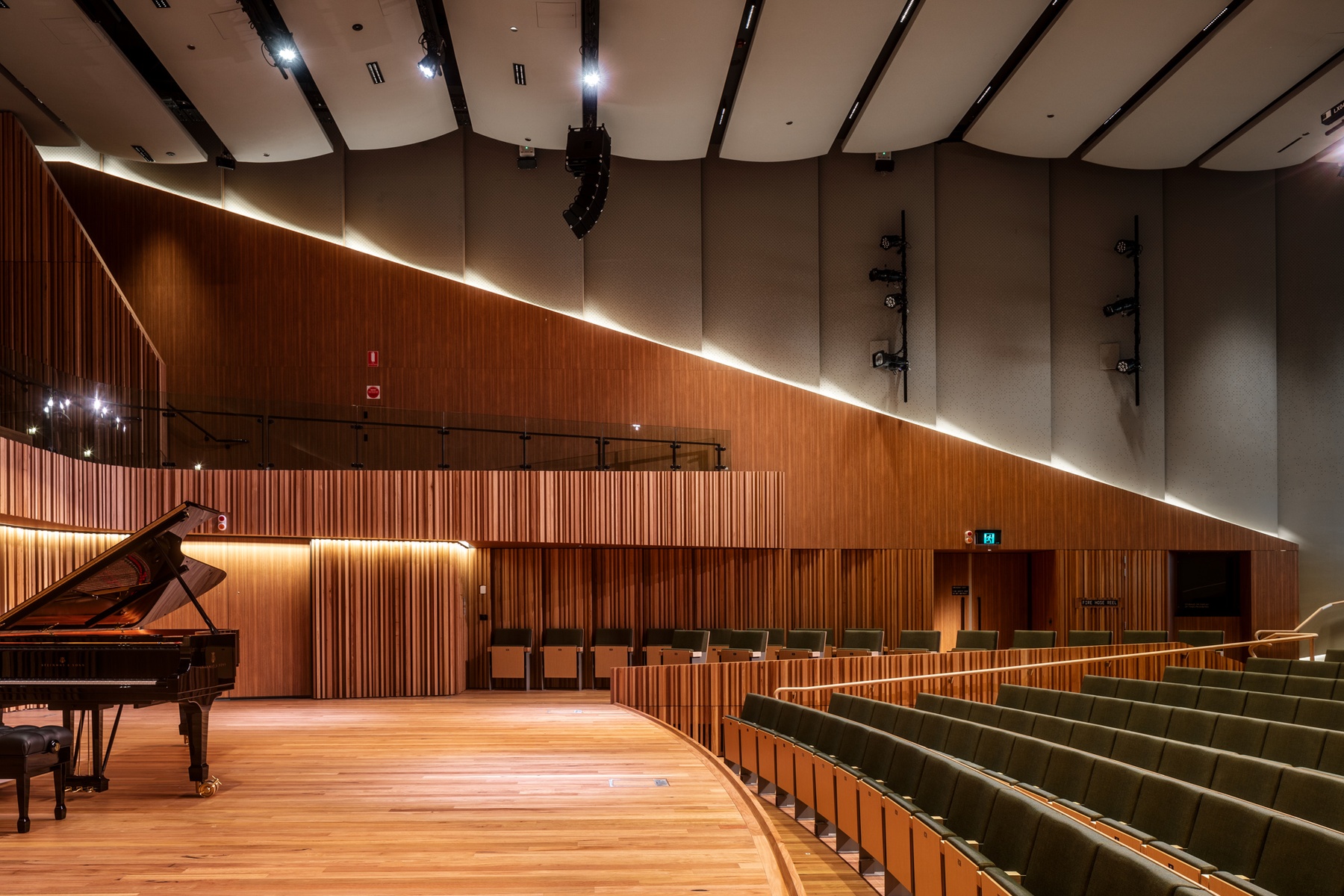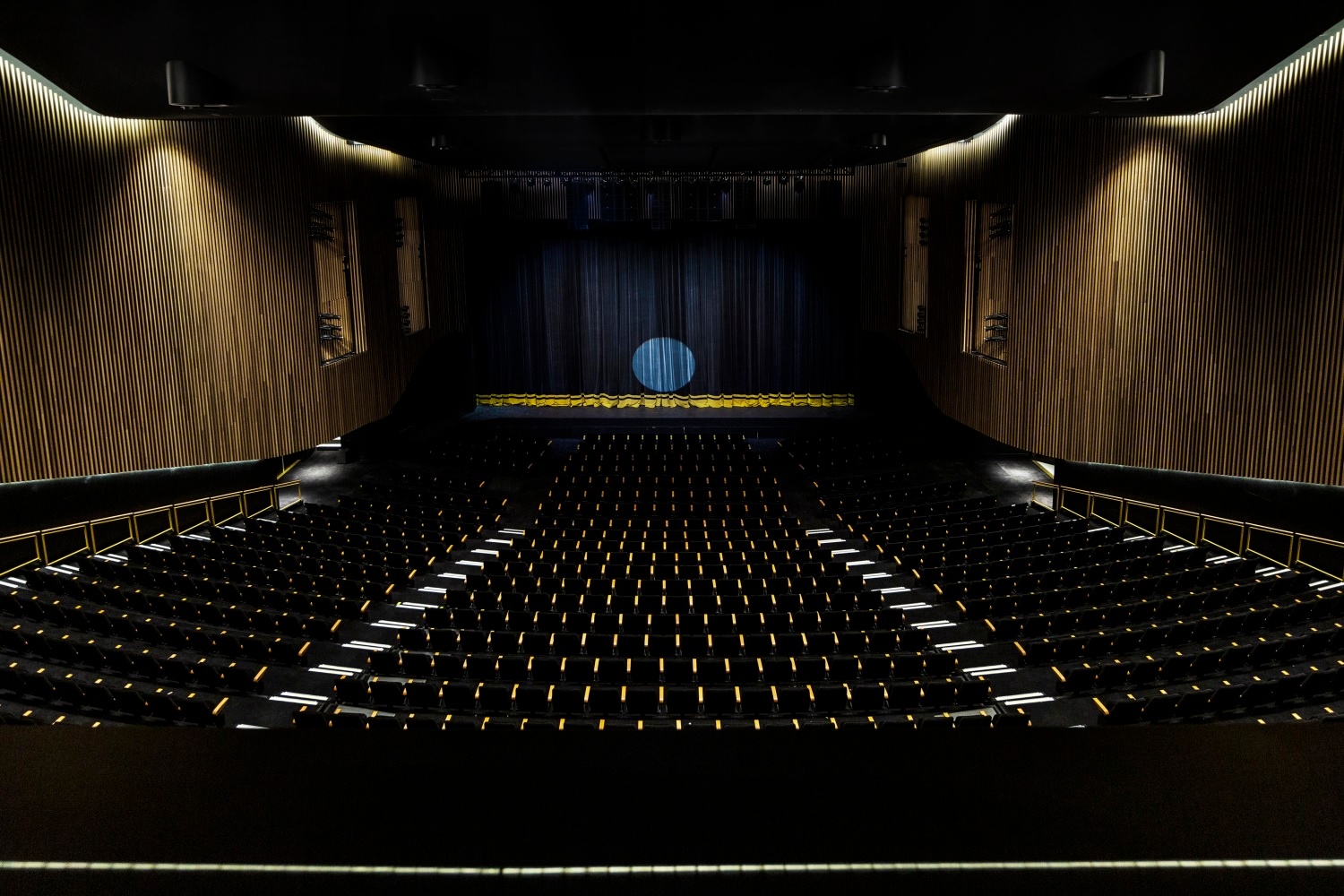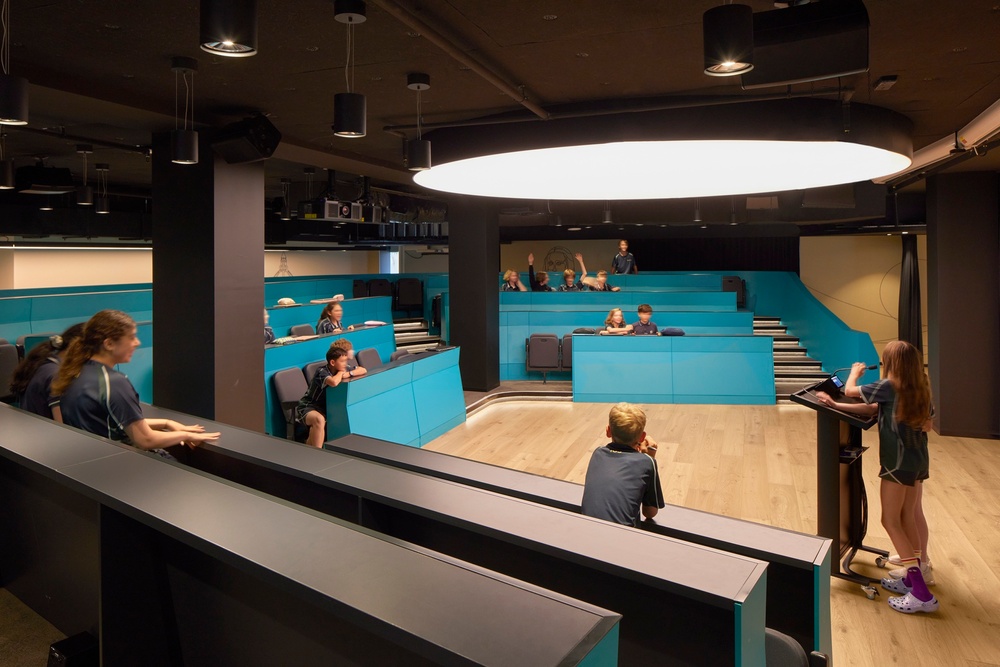
The Renaissance Centre , International Grammar School Sydney
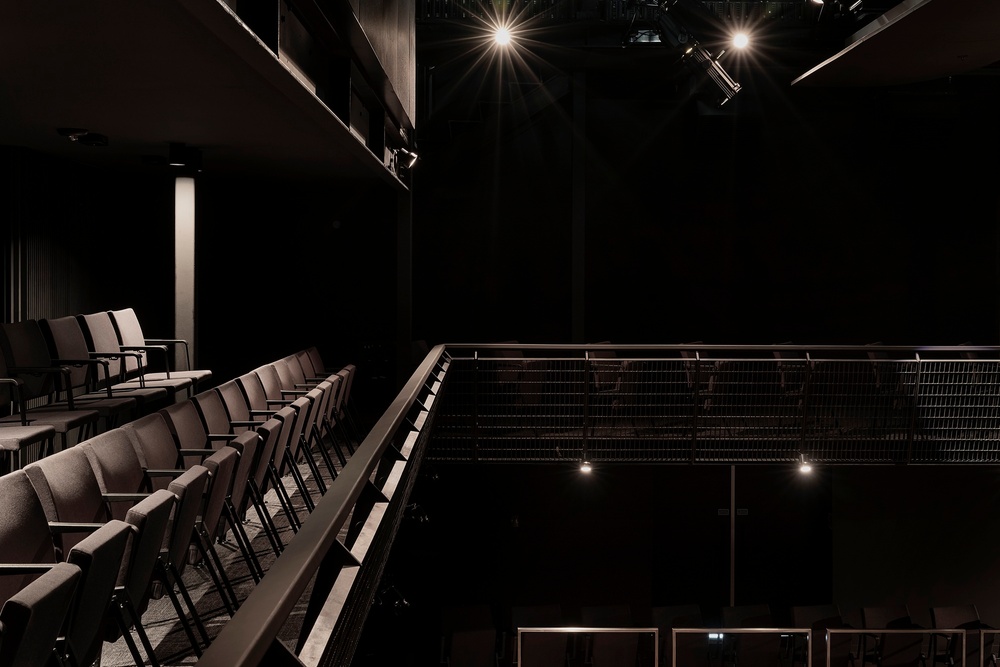
Toi Manawa, Kings College Performing Arts Centre
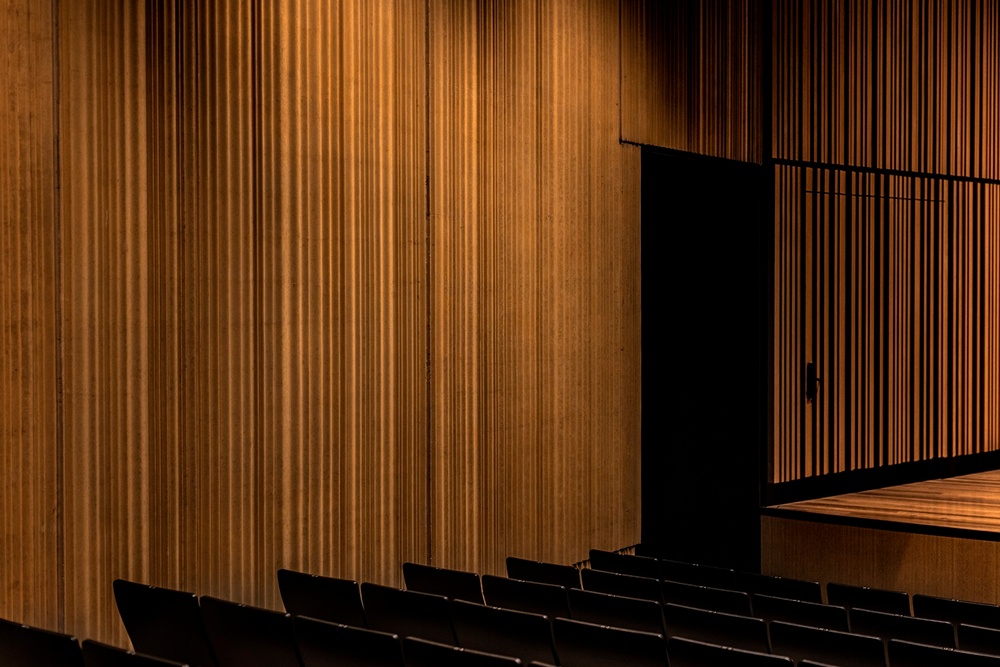
Canberra Grammar School – Centre of Music and Snow Concert Hall

New Zealand International Convention Centre

Albany Senior High School, Performing Arts Centre
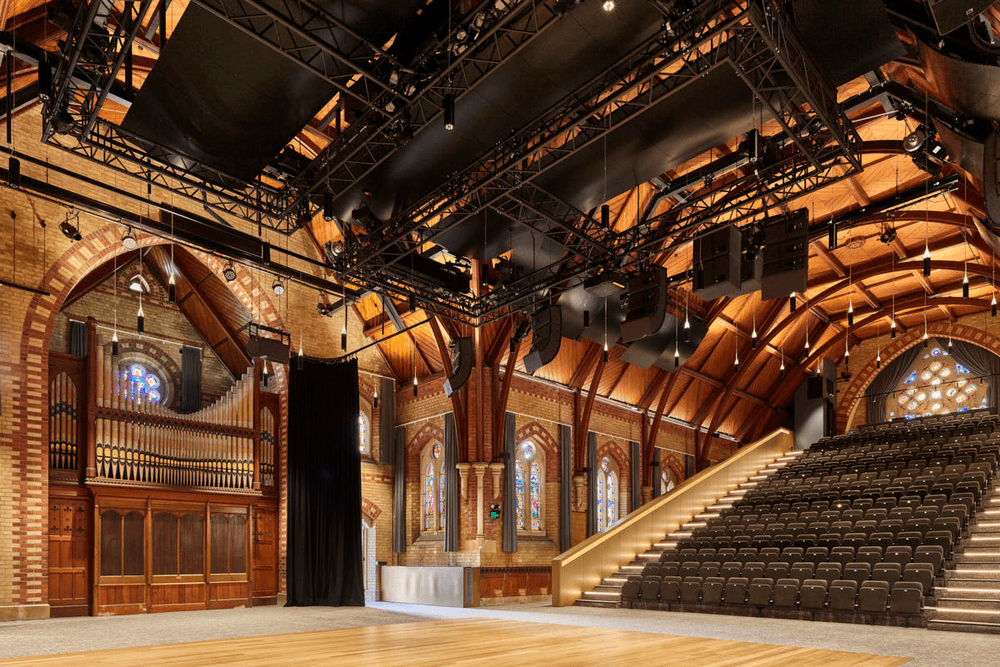
St. Michael’s Grammar School, St George’s Performing Arts Centre
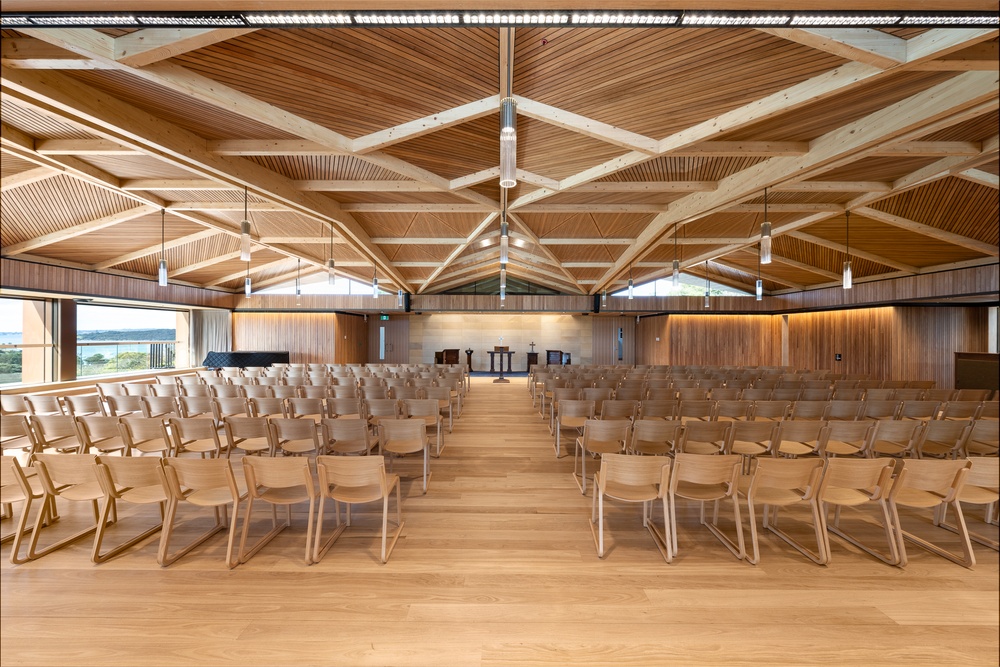
Cranbrook School Vicar’s Centenary Building
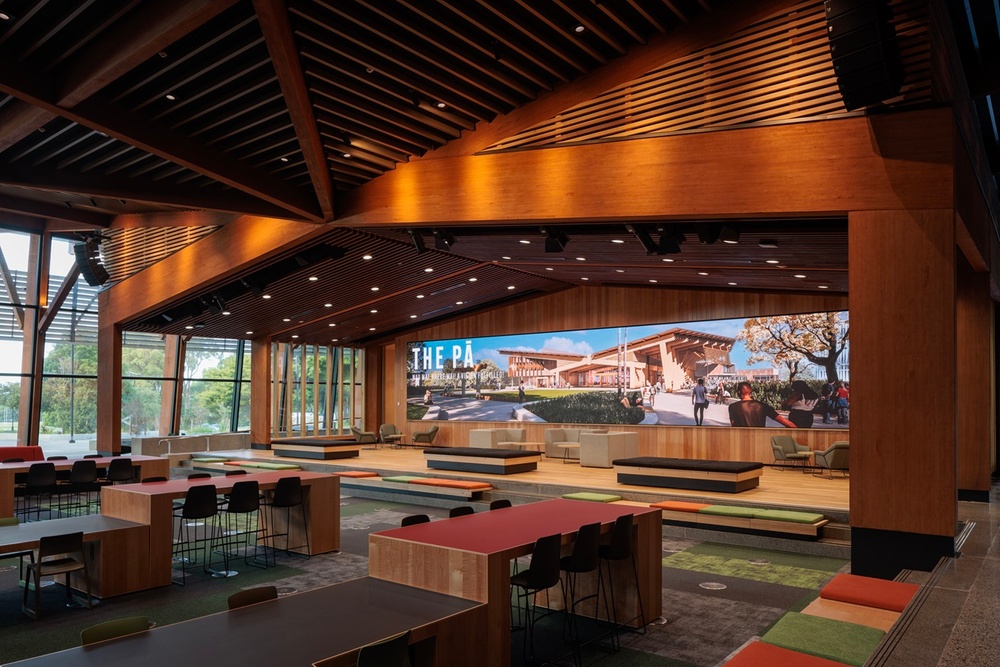
The Pā, University of Waikato
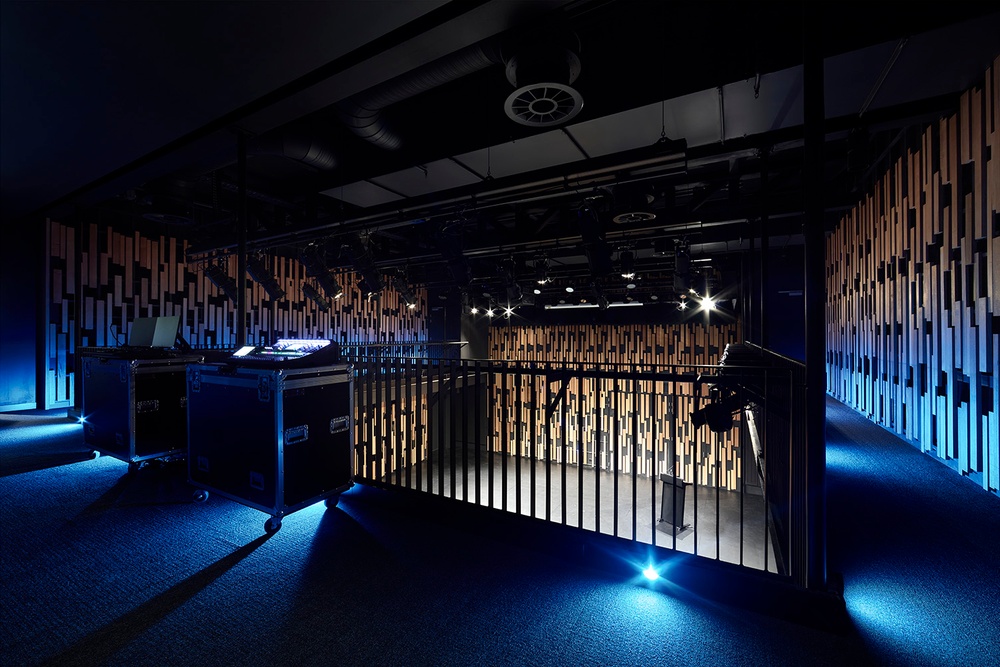
The Roslyn Otzen Sports and Wellbeing Centre
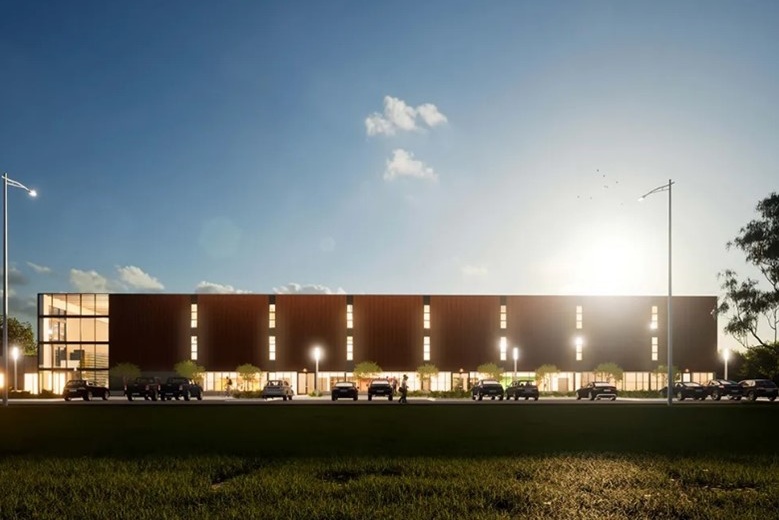
Shepparton Sports & Event Centre

The Ian Potter Centre for Performing Arts, Monash University
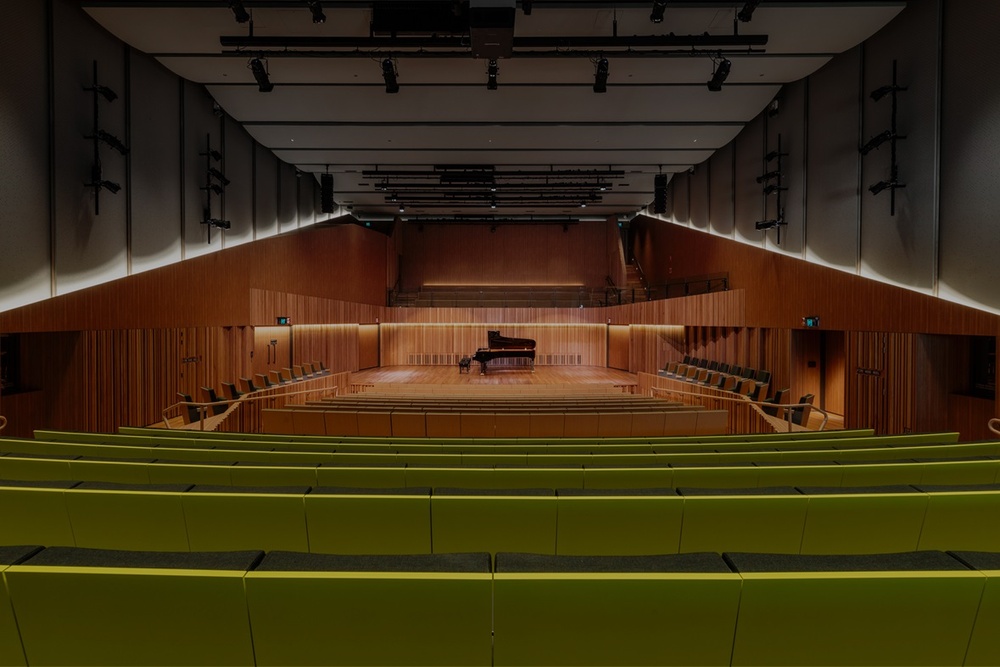
Ian Potter Southbank Centre
Our completed projects are a testament to the passion that we bring to every performance space we work on.
Our consulting expertise spans a broad set of critical theatre design elements.
- + Client/Stakeholder consultation
- + Theatrical lighting infrastructure
- + Brief development
- + Lighting control system design
- + Venue planning
- + Production sound design
- + Stage & auditorium machinery design
- + Stage management systems design
- + Stage furnishings
- + Budgets
“At last someone’s built a theatre and got it right”
Denis Walter — Performer
The Drum Theatre, Dandenong
Micah Johnson —
Managing Director & Theatre Consultant
micah@entertech.com.au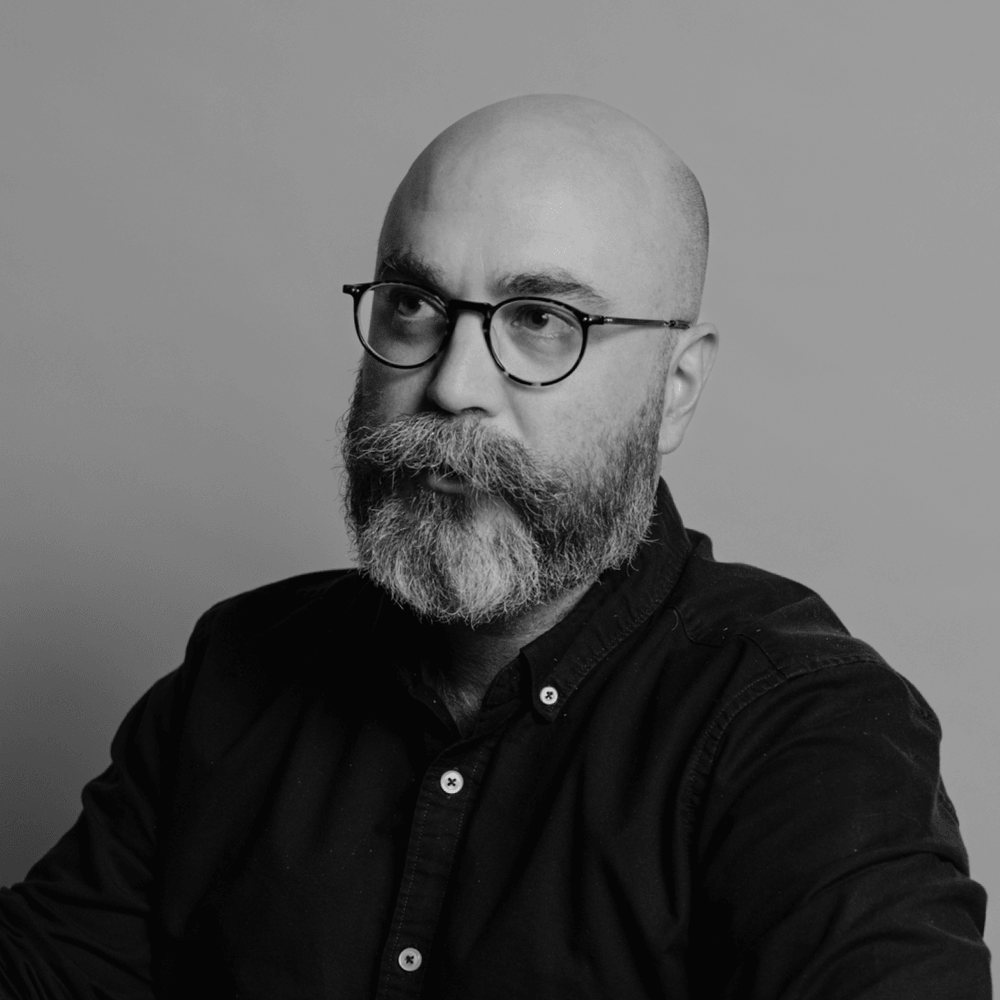
Micah Johnson is a theatre planner, design engineer and project manager with fifteen years’ experience designing and implementing systems across the construction and performing arts industries. Micah uses his experience in construction and engineering to make theatrical spaces the best they can be for the people who work in them, and for the audience who come to experience their work.
Qualifications & Memberships:
Master of Project Management (Project Risk Management), University of Sydney, 2014
B. Mechatronic Engineering (Hons), B. Arts (Performance Studies), University of New South Wales, 2008
AVIXA Certified Technology Specialists (CTS)
Edmond Binns —
Consulting Technician & Drafter
edmond@entertech.com.au
Eddy combines his experience as an AV technician in theatres and conference centres with his experience in construction drafting as part of the Entertech Team. He ensures that each of our detailed drawings are clear, understandable and reflects the reality of the use of installed systems.
Qualifications & Memberships:
Bachelor of Design, Swinburne Institute of Technology, 2020
Diploma of Sound, JMC Academy, 2012
Teresa Redrup —
Administration Manager
teri@entertech.com.au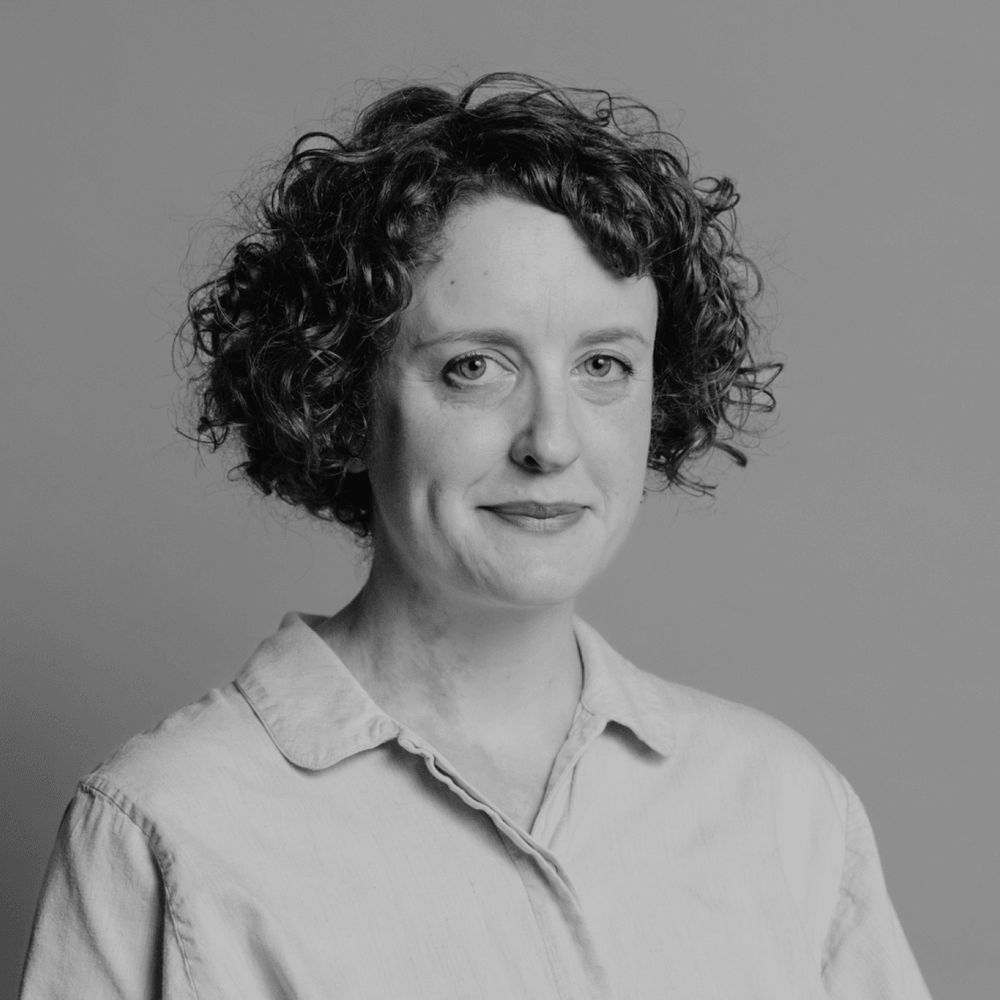
Teri oversees administration at Studio Entertech, bringing with her a rich background in costume, millinery, and fashion. She has worked with esteemed companies such as Opera Australia and Anthony Phillips Costume, and has lent a hand (and a paintbrush) to many a late-night bump out. Known for her keen eye for detail and commitment to quality, Teri ensures everything behind the scenes runs seamlessly.
Qualifications & Memberships:
Certificate IV in Accounting and Bookkeeping, Swinburne University of Technology, 2026
Associate Degree of Interior Design and Decoration, RMIT, 2020
Diploma of Costume, Ultimo TAFE, 2011
If you are a graduate or experienced consultant and would like to work for Studio Entertech, please send us your CV with a brief note explaining why you would like to work for us to careers@entertech.com.au

Since 1979 we’ve been enabling theatre makers, performers, architects, engineers, builders and contractors to do what they do best – create performances that lift people out of their everyday and into the extraordinary.
From the biggest stadiums to beloved local theatres, we focus equally on artistic excellence, operational success and system performance. Our collective experience and passion drive us to make sure every act is seen and heard as clearly as possible.
Today, Studio Entertech is a respected contributor to the performing arts industry and consults on some of the most exciting theatrical design projects in Australia and around the world.
Denis Irving
Denis Irving founded Entertech in 1979, pioneering theatre design services across concert halls, theatres, and cultural centres for more than 30 years. His visionary approach helped shape Australia’s performance spaces, creating environments where technical excellence and artistic expression could thrive.
Before establishing Entertech, Denis served as Technical and General Manager at Strand Electric, where he played a pivotal role in the development of landmark projects including Arts Centre Melbourne, Festival Theatre Adelaide, Seymour Centre Sydney, and Suncorp Theatre Brisbane. As a consultant, he lent his expertise to many of Australia’s premier venues, including City Recital Hall Sydney, Sydney Theatre at Walsh Bay, Melbourne Recital Centre, the MTC Theatre Project, and the State Theatre Centre Perth.
Denis passed away in 2008. To honour his remarkable legacy, Marshall Day Entertech—together with Melbourne Theatre Company (MTC) and the Victorian College of the Arts (VCA)—established an annual scholarship for a VCA student. This initiative reflects Denis’s enduring belief that those who work in venues are best placed to shape their design.
Supporting the Future of Our Industry
Studio Entertech is proud to continue Denis Irving’s legacy of industry development through our partnership with the Victorian Association of Performing Arts Centres’ (VAPAC) Industry Development Initiative. This initiative brings together leaders from the arts, education, industry, and government to tackle the sector’s critical shortage of technical staff— particularly in the wake of the COVID-19 pandemic.
Key achievements to date include:
+ Formation of the VAPAC Industry Development Taskforce
+ Inclusion of Sound and Lighting Technician roles on the Federal Government’s Australian Apprenticeship Priority List (2024)
+ Addition of both front and back of house theatre roles to the Victorian Government’s Sick Pay Guarantee Program Pilot 2022-2024 for casual staff.
+ Release of the position paper Addressing the Technical Production Workforce Shortage Crisis
Our involvement in the VAPAC Industry Development Initiative builds on Entertech’s long-standing support for industry pathways—an ethos championed by our founder, Denis Irving. For over a decade, Entertech proudly supported the Denis Irving Award—an annual scholarship created in collaboration with MTC and VCA to foster the next generation of theatre designers.
Today, we continue to honour Denis’s vision by investing in initiatives that develop sustainable outcomes and address the most pressing challenges facing our industry.

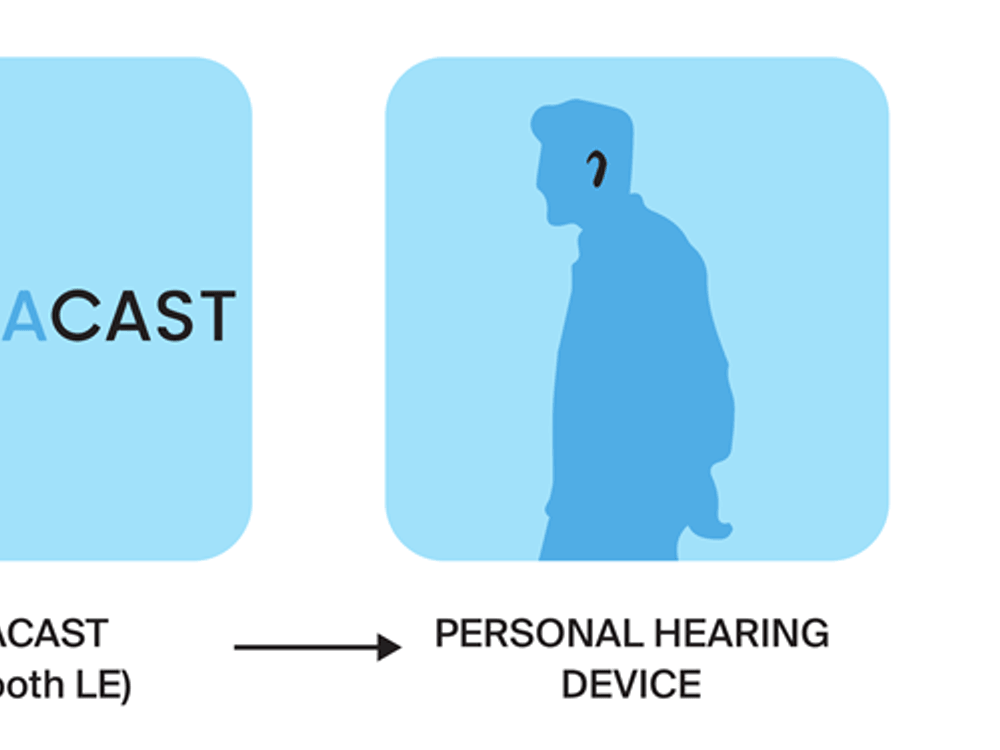
Hearing Augmentation: A Theatre Consultant’s Guide
What is hearing augmentation?
Hearing augmentation can be defined as a transmitting and receiving system for enhancing intelligibility ‘of sound’ (such as speech, conversation or music) at the ear of the listener to achieve a significantly improved signal to noise ratio (S/N), by increasing volume and reducing reverberation and background noise.[i]
As always, many industry definitions are full of jargon – What this one means is that Hearing Augmentation is an active sound system installed in a building, that provides hearing assistance to those who have hearing impairment, giving them, as much as is possible, the same experience given to rest of the audience. It will generally work by transmitting audio from the venue sound-system directly to the ears of the individual audience member, via their own hearing aid or a dedicated earpiece.
With the introduction of Auracast hearing augmentation systems and the release of new equipment by many manufacturers, its high time for an overview of what Hearing Augmentation is for and what technologies are available. In this series of articles we’ll look at how the different technologies work, and how they perform under different circumstances.
Why do we need it?
Everyone should be able to enjoy going to see a live performance – no matter what level of hearing they have. Surtitles or a sign-language interpreter can help audiences to understand the text, but only a hearing augmentation system will transmit actual audio so they can enjoy music or experience the emotion of a performance.
Beyond the equal enjoyment of a performance, hearing augmentation is required for the safety, inclusion and independence of those with hearing loss. To account for this, hearing augmentation in new builds is often driven by regulatory requirements based on the type/class of building, the use of the space and whether audio systems are installed.
The National Construction Code requires hearing augmentation systems to be provided if an “inbuilt amplification system” is provided anywhere in a school or university, or in any auditorium or meeting space, as well as at reception or ticket booths.
This means that if any of these spaces have in-built speakers they will technically require hearing augmentation – unless your building certifier is willing to accept a ‘performance solution’ that shows the need is met in another way.
What system is best for your space?
Here we can provide a brief description of how each technology works to help dispel some of the confusion over which assistive listening technology should be used in any given situation.
Standards and regulations have struggled to keep up with hearing assistance technology, and the release of Auracast widens the choices even further. To complicate things further, more venues and events are now adopting electro acoustic enhancement or immersive audio systems, producing complex audio that hearing systems don’t yet address. (We can drill into immersive systems in another series!). Having said that – here’s what is out there and where it can work well:
Hearing Loops
The traditional solution that for a long time has been the de-facto standard, hearing loops transmit an electromagnetic signal directly into a users’ hearing aid.
Audio is sent to a loop of wire installed around the perimeter of a room, which converts the signal to an electro-magnetic field covering the audience area. Waves in this field are picked up by the ‘telecoil’ antenna built into a hearing aid which can then amplify the audio directly to a users’ ears.
Using wire laid underneath flooring, it is a harder system to retrofit into an existing space or to repair if damaged, and it can be tricky to install multiple systems near each other. Users need a t-coil to get the full benefit, however with the right hearing aid a hearing loop will still deliver the best quality audio with the lowest delay. This means what the user is hearing through their aids will best match the actual sound in the air, giving the best audio experience a system can deliver.


Backstage: King’s College Auckland, Performing Arts Centre
A performing arts centre with flexibility in its DNA
We work on large-scale projects with long lead times, designing venues from inception through to opening. ‘Backstage’ is a recurring space where we can explore those spaces in depth, revisiting the technological innovations and design aspects we remember long after we finish the project.
In this edition, we’re looking at the recently opened performance venue ‘Toi Manawa’ that we helped to create for King’s College in Auckland, New Zealand.
Building for the future
King’s College has an esteemed creative arts program, but its existing facilities – two neighboring performing arts venues – were decades old and no longer met the needs of the students and faculty.
Our friends at Marshall Day Acoustics were appointed to cover acoustics, and they came to us to help with technology design, as well as theatre planning, in partnership with Auckland resident Brian Hall – and with architecture by Patterson Associates.
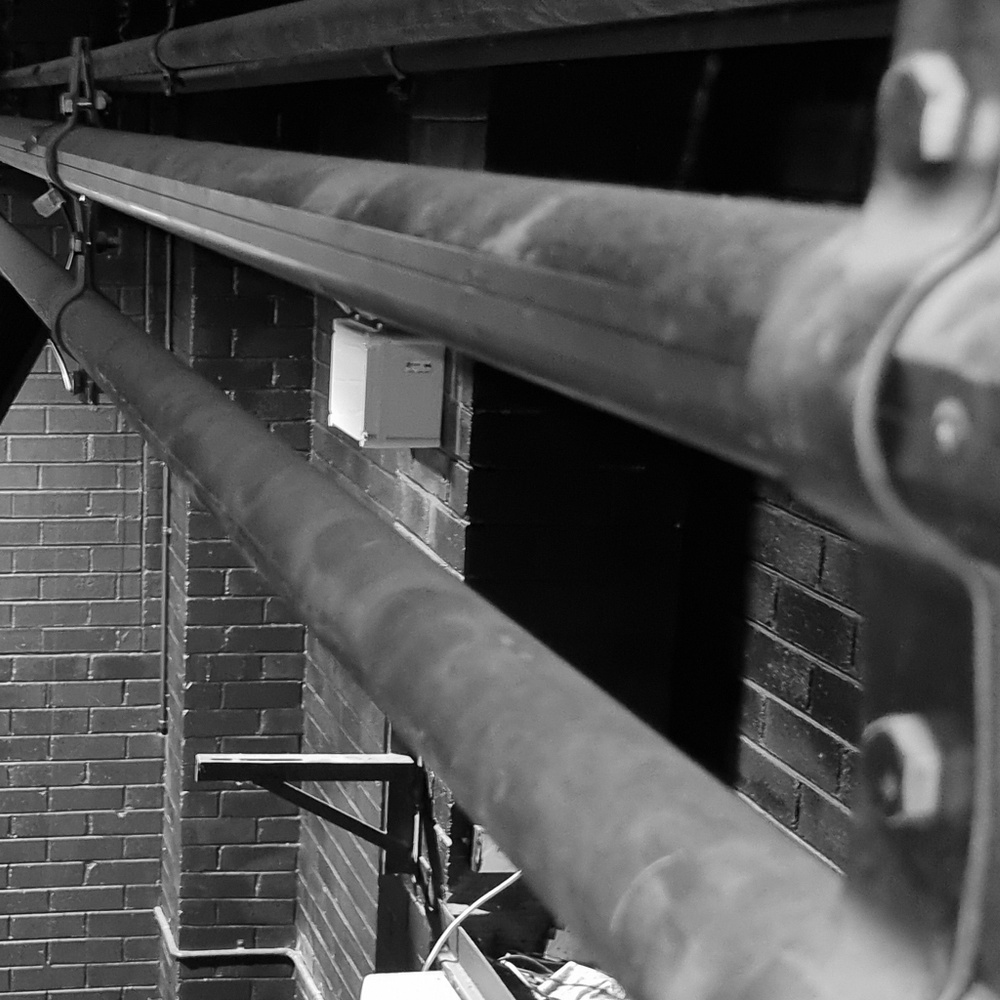

How a venue audit can help secure funding
Understanding how your venue is best (and most efficiently) improved.
No matter the size of your organisation, applying for funding can be a daunting process. With a long history in the arts, we’ve got extensive experience assessing venues to help win funding – in particular, understanding how to maximise value for money in theatre upgrades.
One of the most valuable factors in a funding application is having independent recommendations and advice from industry experts to support your case. That’s why we created our venue audit process, where our expert consultants assess a venue’s health and make recommendations for its needs going forward.
If you’re applying for funding (whether internally or externally), an audit can help you understand the state of your venue and how it’s best – and most efficiently – improved.
What’s a venue audit?
Our venue audit is a process where we independently inspect and assess existing venues. During the audit, we evaluate the venue’s existing technology, systems and use to determine if it’s fit for purpose.
After inspection, we deliver a detailed report of the venue’s overall health and make recommendations for upgrades.
What does a venue audit assess?
As an independent third party unaffiliated with any one supplier or manufacturer, we can advise on current industry benchmarks and how venues can achieve maximum value in upgrades.
As an impartial consultant – we can help to understand the holistic health of your venue, and then make recommendations on where potential funds are best used. This includes assessing both aesthetic elements, like seats that might need replacing, and intangible elements like communications systems. We’ll help you work within your budget and understand different options on how to allocate funding.
How is a venue audit beneficial to funding applications?
Most government or organisational funding will require a documented cost analysis.
As an independent company, we don’t financially benefit from preferencing a particular supplier or product. Instead, we can offer a range of options and quotes for clients to consider that maximises allocated funding. We offer scaled advice and break projects into stages that allow for small spending over many years to culminate in an overall upgrade.
What do I need to know before a venue audit?
During the audit process, putting us in touch with the person who’s most familiar with the venue systems is key – like a venue manager, technical manager or a staff member who has hands-on experience in the day-to-day use of the space.
We’ll also need to organise time for a site visit to see the space physically and get an idea of how it’s being used.
Are there types of venues that particularly benefit from an audit?
The sweet spot for a venue audit is every five to ten years, which lets us assess the venue’s needs against technological advances (which can change quickly), and lines up with warranties on many systems (even though they should last for much longer than that!).
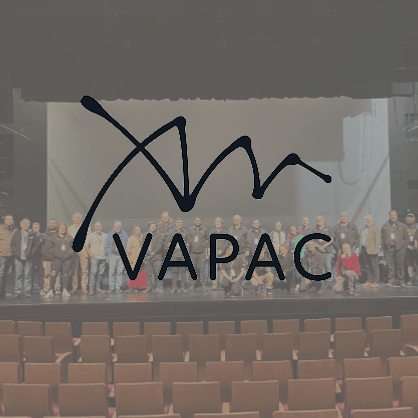

VAPAC Industry Development Initiative Outcomes & Actions
Addressing chronic skill shortages in the performing arts.
Backstage technicians have always worked tirelessly in difficult conditions to make every production as good as it can be, and the impact of Covid saw support for their work devastated. The VAPAC Industry Development Initiative sees Studio Entertech and VAPAC work together with the industry, building sustainable programs that ensure technical skills are developed and supported – not just in the short term but long into the future.
Many people over the past year, including the VAPAC Industry Development Initiative Task Force and the VAPAC Technical Managers Network have been combining efforts and insights to culminate in VAPAC’s framework to address technical skill shortages. Below, we share the initiative’s pillars, a few of the advocacy wins so far and some of Entertech’s ambitions!
Pillar One: Training & Education
We already have had a great success with a new Subsidy for Traineeships – with Sound and Lighting technician roles added to the Federal Government’s Australian Apprenticeship Priority List this year.
This pillar is one, we at Studio Entertech have special enthusiasm in contributing to. Nurturing early interest within secondary and tertiary students can bring a strong pipeline of skilled workers into our industry – something we have front of mind when designing spaces and systems for learning environments. We feel a responsibility to set the scene for students to walk the boards, learn the ropes and be exposed to systems they would find in professional theatres. We want to have more in depth discussions with drama teachers, and Heads of Performing Arts – how can we assist in giving your students a clearer vision of entering our industry?
If you are a drama teacher and want to chat – please reach out to us!
Pillar Two: Health & Wellbeing & Pillar Three: Workplace Culture & Industrial Relations Reform
Another win to celebrate – Technical Theatre roles were included in a pilot program funded by the Victorian Government from 14 March 2022 – 30 June 2024 providing casual and contract workers with up to 38hours/yr sick and carer’s pay.
Pillar Four: Peak Body Investments
The workforce shortage needs increased and ongoing support from government and collaboration within industry bodies.
Data from a survey of VAPAC members on technical workforce vacancies in their venues was collated with interstate colleagues from Stage Queensland, Circuit West, NAPACA, SAPA and PAC Australia. The shared submission to the National Skills Priority List gives the government current data to better inform their training and workforce development priorities.
There is no denying that this skill crisis is significant and will take much work over time to overcome, but we have been so proud to add our support to VAPAC in their mighty efforts to ensure a sustainable future for our industry. We are proud to reflect back on what’s been accomplished so far.
Do you have any insights or recommendations we could feed back to a VAPAC meeting? Do you have students needing support to enter the industry? We would love to hear from you – please email entertech@entertech.com.au
If you have the skills to take on a pivotal role in the initiative, VAPAC are recruiting for the next Industry Development Manager. Please contact VAPAC directly if you have any questions, or look to the position description at this link: https://lnkd.in/gaS-dBDx
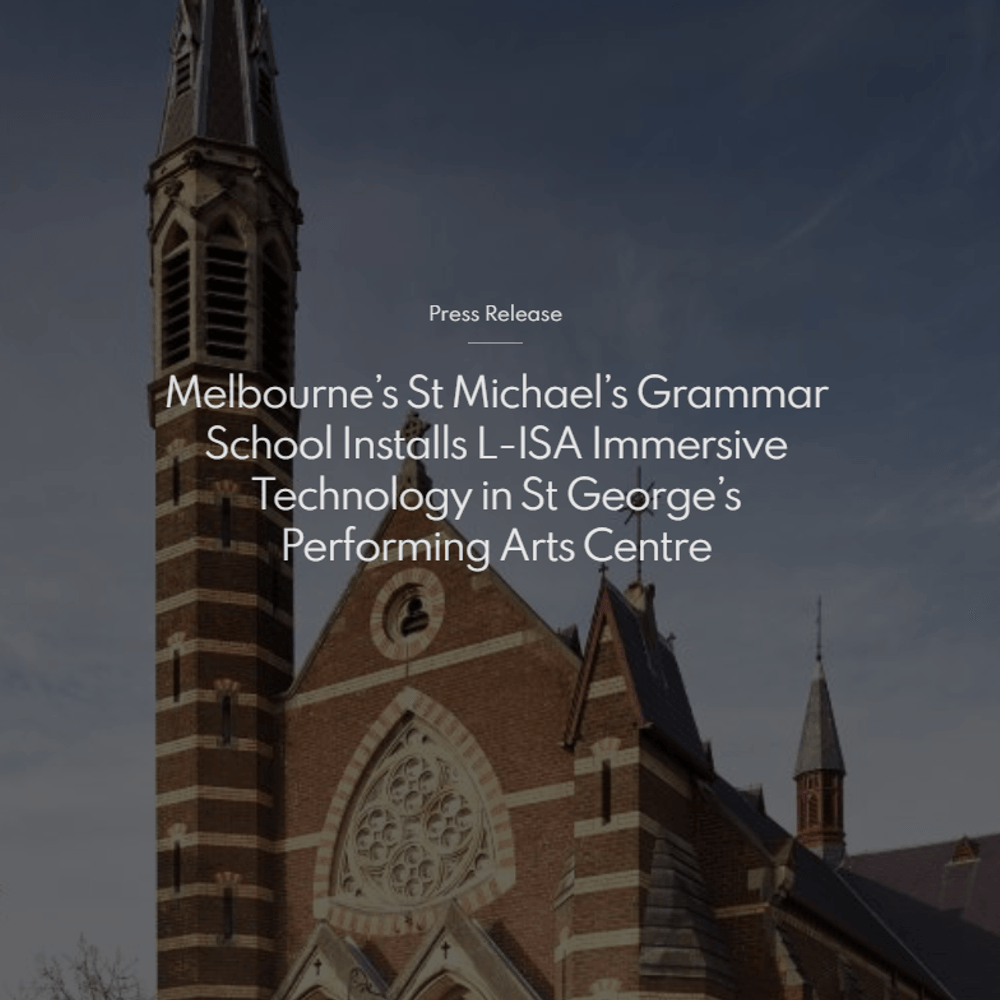

News: Melbourne’s St Michael’s Grammar School Installs L-ISA Immersive Technology
L-Acoustics shares our project at St Michael’s Grammar School featuring their L-ISA Immersive Technology Read the full article here
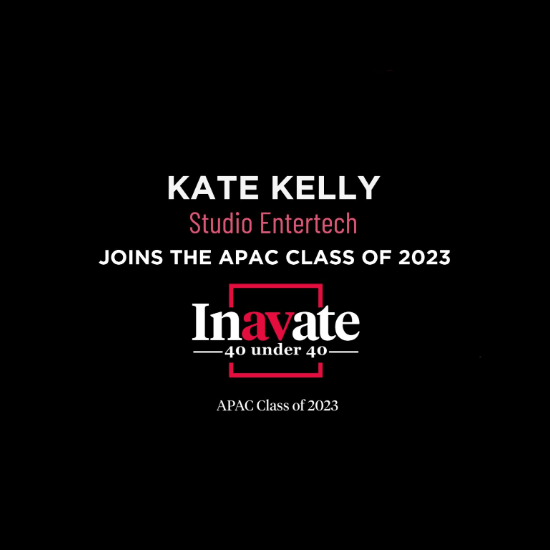

News: Inavate 40 Under 40 – APAC Class of 2023
Congratulations to Studio Entertech Director, Kate Kelly for being featured in the Inavate APAC 40 under 40 class of 2023!
Meet the whole class of 2023 through the Inavate Asia Pacific December 2023 online publication
